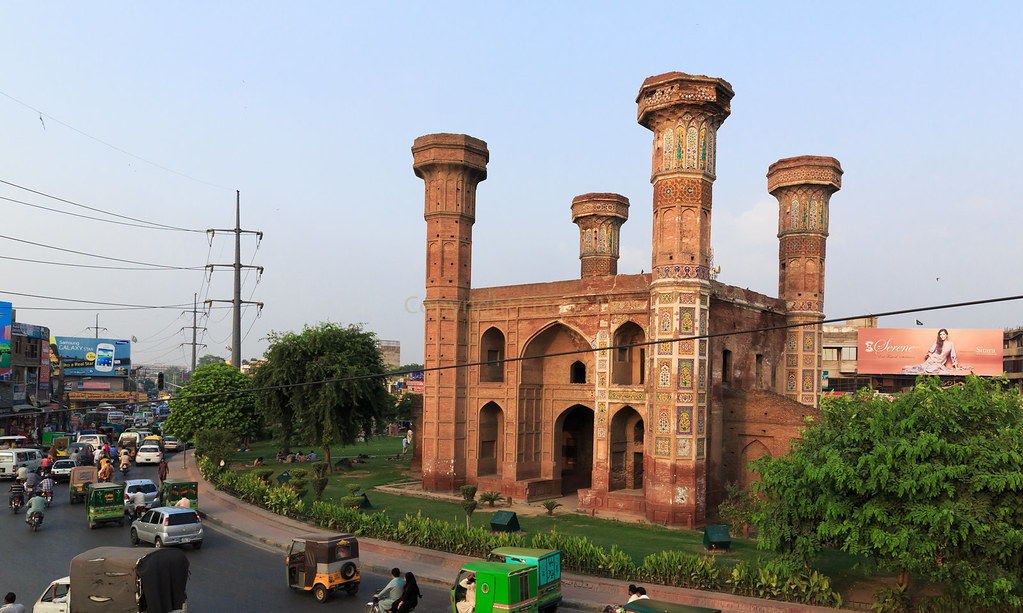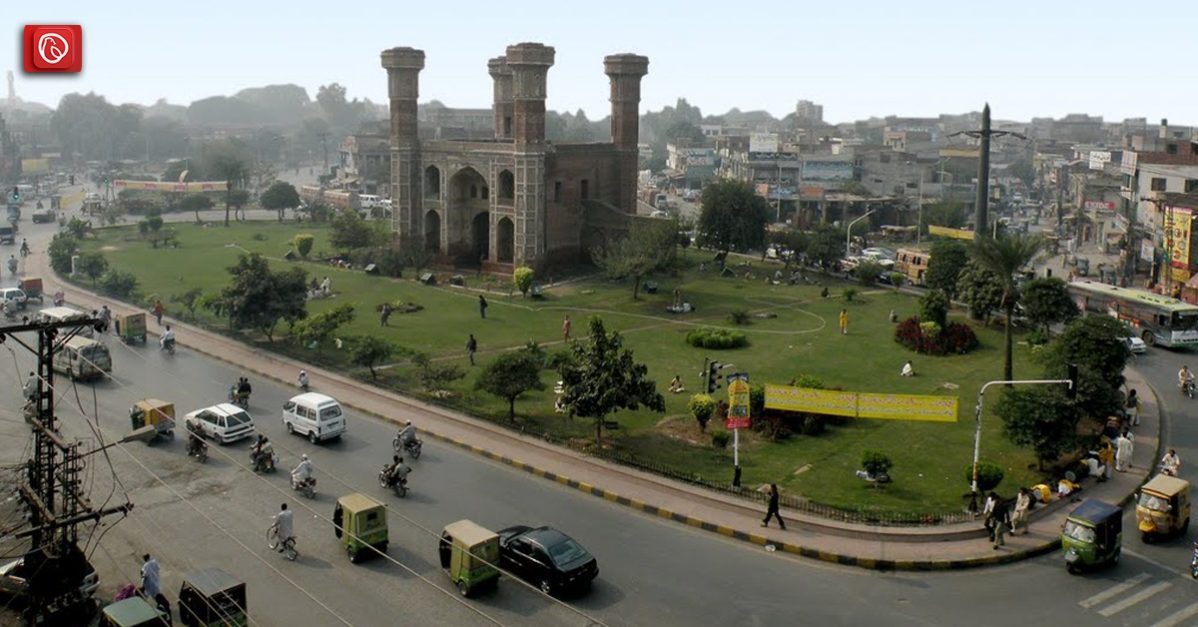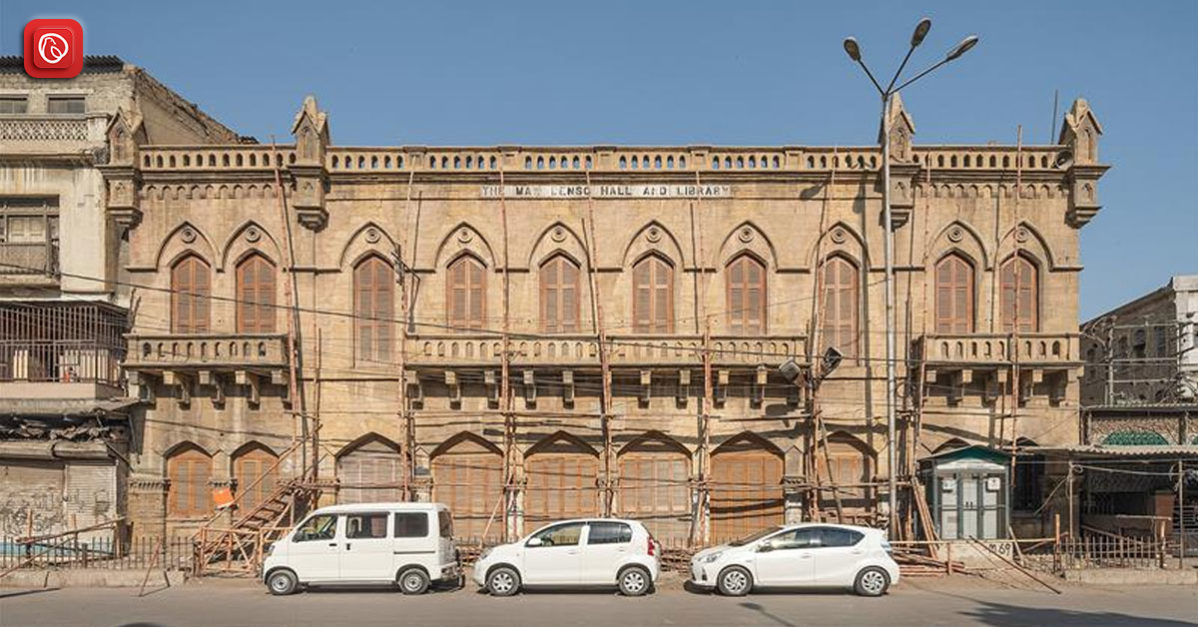Chauburji, which translates to “four towers,” is a renowned monument from the Mughal era in Lahore, Punjab, Pakistan. It is one of the most well-known structures from that time and holds immense historical and cultural significance. Being the cultural capital of Pakistan, Lahore is home to numerous historical landmarks that have stood the test of time, and Chauburji is one such monument that has remained a vital part of Lahore’s architectural heritage.
The monument was built during the Mughal era and is significant in Pakistan’s history. Its unique architecture, cultural significance, and historical importance make it a must-visit destination for anyone visiting Lahore. The restoration work being carried out by the government of Punjab is a step in the right direction to preserve this iconic monument for future generations to admire and appreciate.
In this blog, Graana.com will take a closer look at Chauburji Lahore, its history, architecture, and cultural significance.
History of Chauburji Lahore

The Chauburji gate, located at Multan Road and Bahawalpur Road, is the only surviving structure of a grand garden that once adorned the area. The monument’s construction dates back to 1646 (1056 AH) and is attributed to “Sahib-e-Zebinda Begam-e-Dauran.” The garden, which may have fallen into ruin due to flooding and neglect, disappeared soon after completion. The name “Chauburji” is a modern term for the monumental gateway to the garden during the Mughal era.
Despite the garden’s disappearance, the Chauburji monument remains an important historical landmark in Lahore. The Gateway of the Four Minarets or Chauburji, once a grand entrance to the garden, now only boasts three minarets, having lost its northwest tower to an earthquake in 1846.
The gateway’s inscription records the establishment of the garden by a woman known as Sahib-e-Zebinda Begum-e-Dauran or ‘the elegant lady of the age’ in 1646 during the reign of Shahjahan. This woman is likely Jahan Ara Begum, Shahjahan’s eldest daughter and known patron of gardens in Lahore. The gateway’s exquisite mosaic work is a testament to the skill and craftsmanship of Mughal artisans.
Today, the Chauburji monument stands as a reminder of Lahore’s rich cultural heritage and attracts tourists from all over the world. In the 1960s, the Department of Archaeology restored the monument, rebuilding the destroyed tower and preserving the surviving parts of the gateway. The restoration work ensures that this unique and historic structure endures for generations to come.
A visit to Chauburji is a must for anyone interested in history, Mughal architecture, and culture, offering a glimpse into the grandeur of the Mughal era and the beauty of Lahore’s architectural heritage.
Architectural & Cultural Significance of Chauburji
Chauburji, a historical place in Lahore, is an architectural masterpiece adorned with intricate mosaic work. The entire façade, including the minarets, is decorated with beautiful and colourful mosaics, making it a unique and beautiful structure.
The minarets are slender and striking, expanding from the top and ending with coved platforms that once carried arched pavilions. Some historians suggest that these minarets might have once had domes, but these have collapsed over time.
One of the most striking features of Chauburji is the Ayat-al-Kursi inscription on the main vault panel in blue enamelled letters. This verse from the Holy Quran is a testament to the religious significance of the monument. The inscription also bears the year A.H. 1056 (1646 A.D), which provides essential information about its construction and history.
Chauburji represents a combination of Mughal and ancient Muslim architecture. It is a unique structure that blends different architectural styles seamlessly. The arches are a common feature of Mughal mosques and mausoleums.
The red brickwork, typical of Muslim buildings in the sub-continent, adds to the monument’s cultural significance. The doorways and windows that run through the interior corridors of Chauburji offer a glimpse into the Mughal living style.
Chauburji stands as a testament to Lahore’s rich cultural heritage and attracts visitors from all over the world. Despite its decrepit condition, it has not lost its elegance and grandeur.
This was all about Chauburji Lahore. For more information, visit Graana.com.




